Baltic History
Rendsburg, a small town in the northern most federal country of Germany, Schleswig-Holstein, halfway on the Nord-Ostsee-Kanal, on a rainy evening in 2007: The high steel girder bridge, towering as a landmark over the flat country-side, carries the railway from Germany to Denmark. Now and then the suspension ferry crosses the canal which forms the important waterway between the North and the Baltic Sea. A cruise ship from Southampton heading for Sweden has been announced, but is taking a long time to come. Darkness is falling in by the time. Once again ship traffic has changed direction. A number of costal cargo ships are approaching from the west. There, look at...! In the distance the lights of a white ship are coming into sight. It appears being the "Braemar" of the Fred. Olsen Cruise Line, the former "Crown Dynasty" of 1993. With her 19,000 tons not very large, but facing the tiny brick houses along the bank she is looking enormous. A few people on deck are waving, the dining saloon lets see its glittering lights. Most passengers seem to have their dinner. As the ship is passing by under the bridge, it sends out a threefold wail. Thereafter its lights are vanishing in the dark, heading for Kiel...
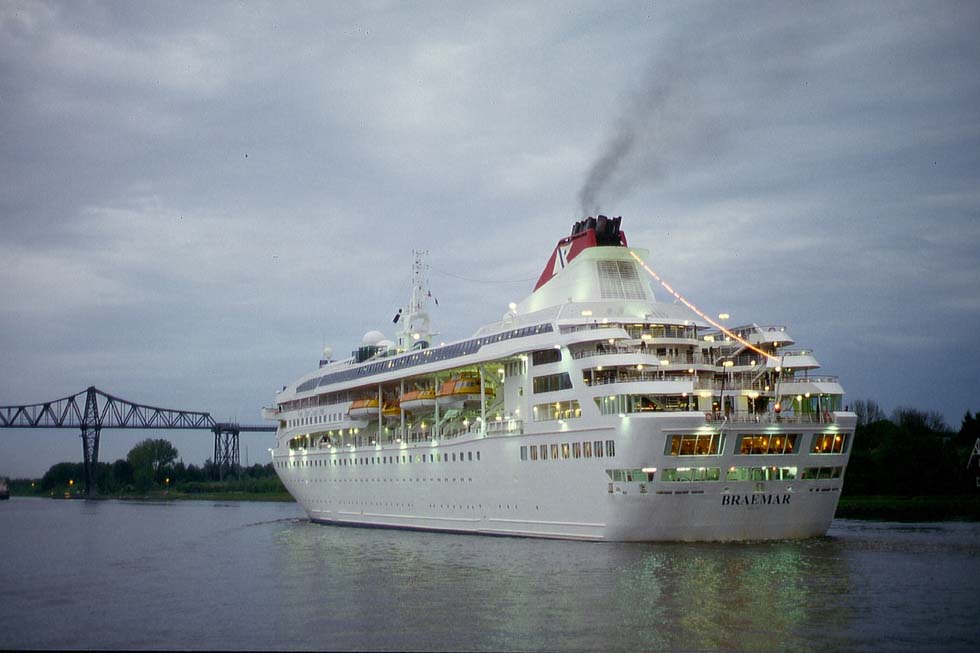
"Braemar" in the Nord-Ostsee-Kanal, 2007 (WS)
The Baltic Sea, featuring geographically a rugged surface with a number of sea arms, gulfs and lagoons, its eastern bays during winter months covered with ice, served already in early history as a most important trade link between Northern and Central Europe. Along its coasts settled Germanic tribes. Out of well-protected bays, the Northmen or Vikings started their conquest raids and expeditions. In the 11th and 12th century the Danes widened out their sovereignty. In the 13th century they lost most of their possessions to the steadily growing Hansa, the most important trade association of the Middle Ages, while on the eastern shores the German Order of Knights had established its power, but lost it to the Polish Empire, which got into strife with the Swedish for the "Dominium maris baltici".
As in many other parts of the world, the shipping on the Baltic Sea was badly disturbed by pirate attacks. To protect their heavily loaded coggs, the Hansa reacted by forming convoys accompanied by armed vessels and thus succeeded to clear the Baltic Sea from that plague. As the most dangerous group had appeared the so-called "Vitalien-Brueder", named because of their support of the besieged Stockholm through the Danes. In another conflict, they did the same for the Danes and received from their king the reward for looting other ships. The heads of this feared brotherhood had been Claus Stoertebeker and Godeke Michels. They were captured in the North Sea and beheaded in Hamburg in 1402. In the course of the Thirty-Years War, Gustav II Adolf conquered Mecklenburg and Pommerania with their coasts, pretending to protect the Protestant faith. Friedrich Wilhelm of Brandenburg had a small fleet built to join in the war against the mighty Sweden as ally of Russia in 1656. In a second war against Sweden as ally of the Netherlands, he re-conquered the German lands on the Baltic Sea. And even for some time a Brandenburg-East India Company acted as founder of a West-African colony, named Gross-Fiedrichsburg, which however had to be sold, together with the fleet, in 1683. In the so-called Nordic War (1700 to 1721), Karl XII of Sweden conquered wide parts of Russia, but lost in the end the war against Tsar Peter, who acquired Ingermanland, Estonia, Livland and founded St. Petersburg as the new capital. Prussia, which had also gained on power, first with the victory against Denmark in 1864, formed the counterbalance to the Russian Empire. In 1895, Prussia opened the Kaiser-Wilhelm-Kanal (Kiel Canal), shortening the way between the North Sea and the Baltic Sea and facilitating the transfer of German warships.
During World War I, Tsar Nicholas' rule was overthrown in 1917 by Lvov (on the side of the Allies), followed by Lenin (with German help). Finland achieved independence. After the war, Poland, which has vanished as an independent state in 1795, was re-established and awarded with an access to the sea by cutting the so-called Corridor, Danzig received the status of a Free Township under the supervision of the League of Nations and Lithuania, Latvia and Estonia became independent states. To Russia, mutated into the Soviet Union, communist and atheistic, was left a small sector around Petrograd, the former St. Petersburg and the later Leningrad.
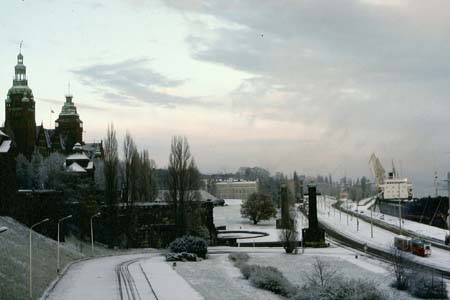
Szczecin, the former Stettin (WS)
|
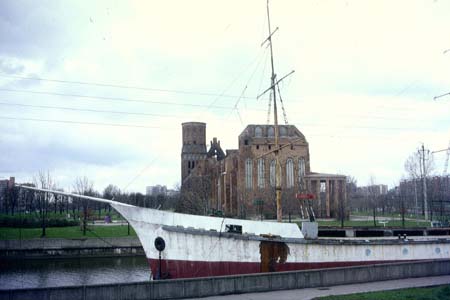
Kaliningrad with the cathedral of Koenigsberg, 1992 (WS)
|
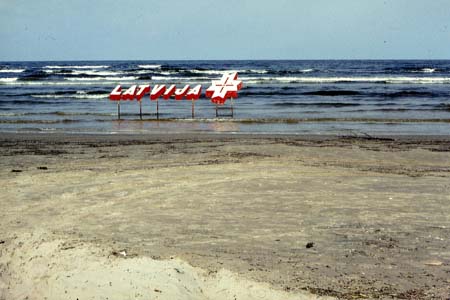
The Latvian coast (WS)
|
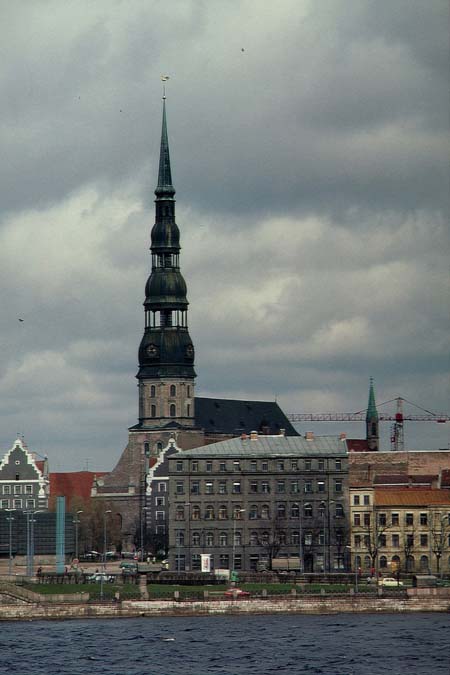
Riga, the Petri church (WS)
|
World War II brought new territorial changes. Finland lost territories in the east and the Soviets occupied Porkkala on the southern coast, until 1955. The Soviet Union annexed the northern parts of East Prussia with Koenigsberg (renamed Kaliningrad), Poland was shifted westward as a whole and got in possession of the German coast as far as the mouth of the Oder river with Stettin (renamed Szczecin), millions of people lost their home and the three Baltics were re-integrated into the Soviet Union. After the collapse of communism in 1991, they regained their independence. The so-called Oblast Kaliningrad found then itself as an isolated Russian enclave. Leningrad revived in modern Russia under its old name St. Petersburg.
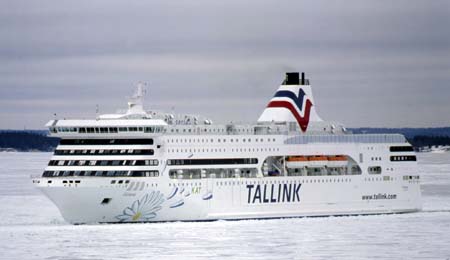
"Victoria" of Tallink (STX Europe)
|
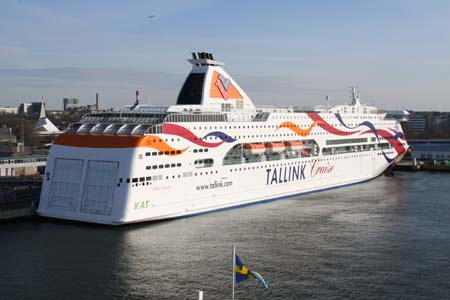
"Baltic Queen" at Tallinn 2009 (Kalle Id, via Wikimedia)
|
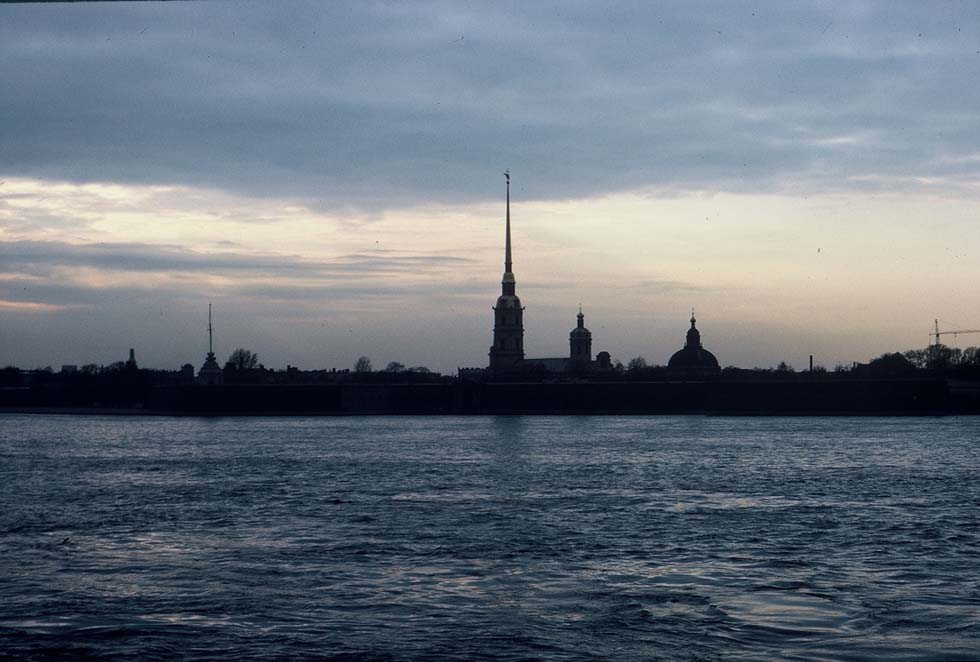
St. Petersburg (WS)
|